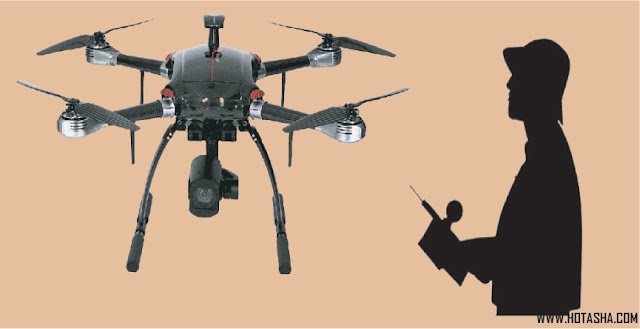Physical systems use quantities which must be measured, monitored, recorded, manipulated arithmetically. Quantities may be represented numerically in two form.
- Analog Form.
- Digital Form.
Analog Representation
Analog Representation is a continuously variable, proportional indicator. Here is some example-
- Sound through a microphone causes voltage changes. Like as-
- Automobile speedometer changes with speed.
- Mercury thermometer varies over a range of values with temperature.
Digital Representation
Digital Representation is varies in discrete (separate) steps.
- Passing time is shown as a change in the display on a digital clock at one minute intervals.
- A change in temperature is shown on a digital display only when the temperature changes at least one degree.
Digital System
Digital system is a combination of devices that manipulate values represented in digital form.
- Mostly electronic devices, also included mechanical, magnetic or pneumatic.
- Familiar digital systems include digital computers, calculator, digital audio & video equipment, and telephone system etc.
Analog System
Analog system is a combination of devices that manipulate values represented in analog form.
- Amplitude of the output signal to the speaker in a radio receiver can have any value between zero and its maximum limit.
- Common analog systems are audio amplifiers, magnetic tape recording and playback equipment and a simple light dimmer switch.
Advantages of Digital Techniques
Digital Techniques has hugs amount of facilities to use. Like as-
- Ease of design
- Well suited for storing information
- Accuracy and precision are easier to maintain
- Programmable operation
- Less affected by noise
- Ease of fabrication on IC chips
Limitation of Digital Techniques
There is also some limitations of digital techniques also-
- Real world is analog.
- Processing digitized signals takes time.
- 4-steps followed when dealing with analog inputs & outputs
- Convert physical variable to an electrical signal (analog).
- Convert electrical signal (analog) into digital form.
- Process (operate on) digital information.
- Convert digital outputs back to real-world analog form.














0 Comments